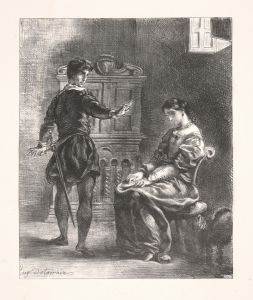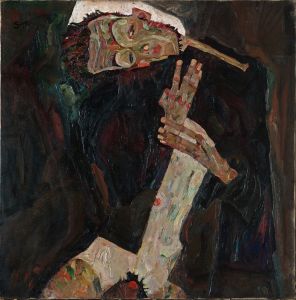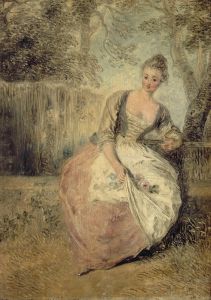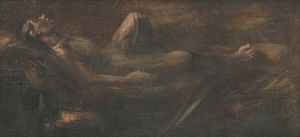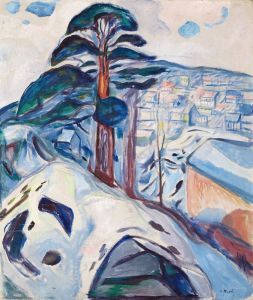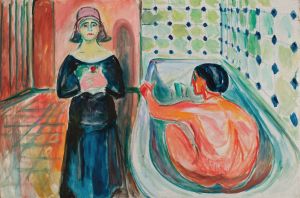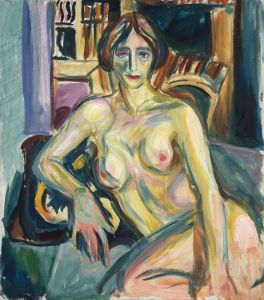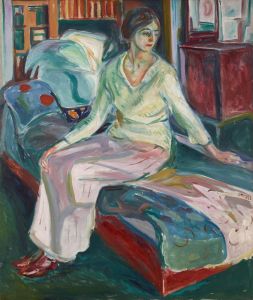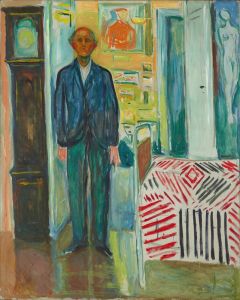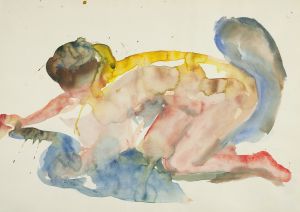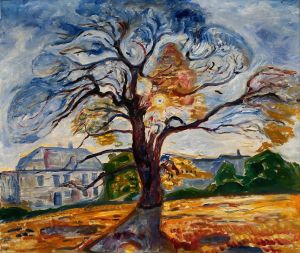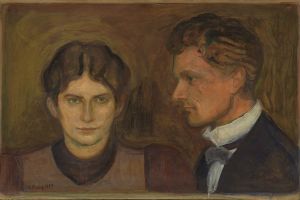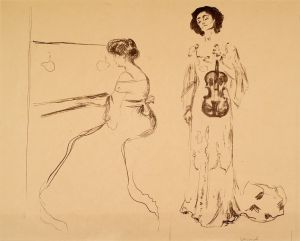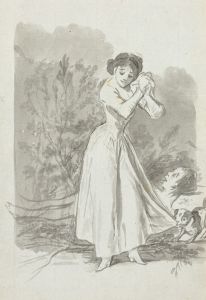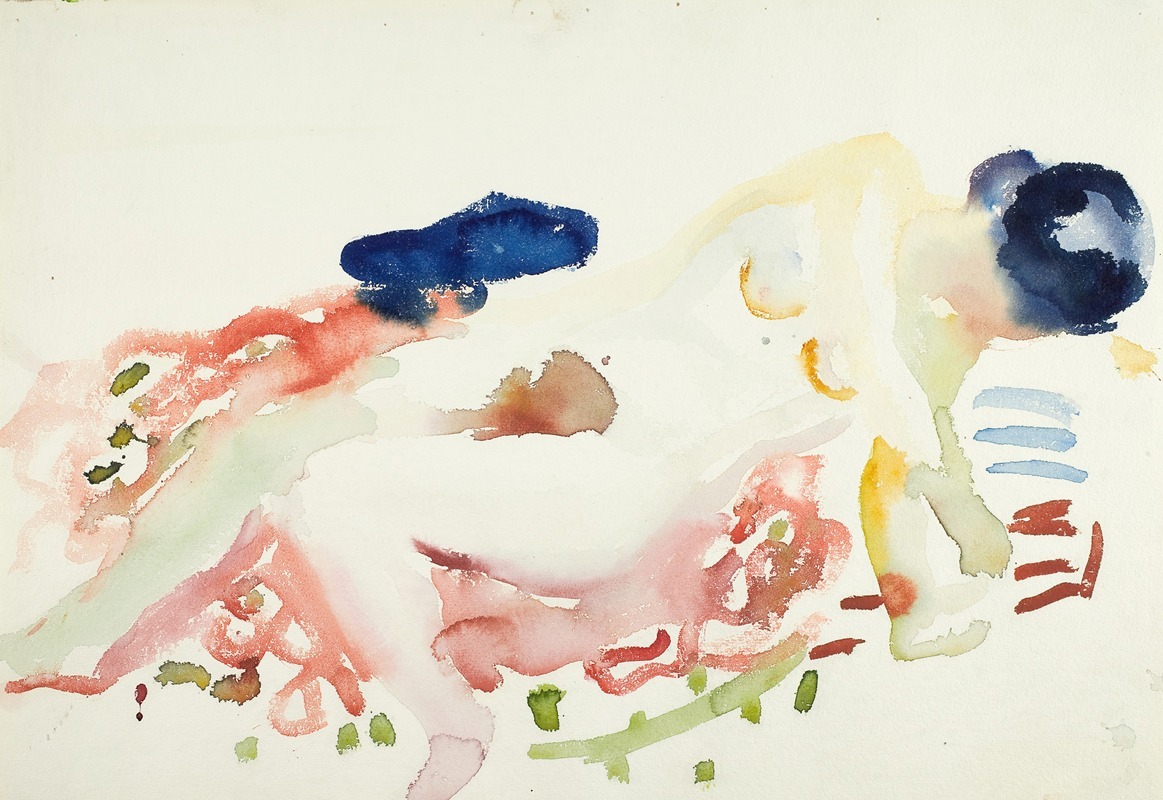
Liggende akt
A hand-painted replica of Edvard Munch’s masterpiece Liggende akt, meticulously crafted by professional artists to capture the true essence of the original. Each piece is created with museum-quality canvas and rare mineral pigments, carefully painted by experienced artists with delicate brushstrokes and rich, layered colors to perfectly recreate the texture of the original artwork. Unlike machine-printed reproductions, this hand-painted version brings the painting to life, infused with the artist’s emotions and skill in every stroke. Whether for personal collection or home decoration, it instantly elevates the artistic atmosphere of any space.
"Liggende akt" (Reclining Nude) is a painting by the renowned Norwegian artist Edvard Munch, who is best known for his iconic work "The Scream." Munch, born on December 12, 1863, in Loten, Norway, was a pivotal figure in the Symbolist movement and a precursor to Expressionism. His works often explore themes of existential angst, love, and death, reflecting his own turbulent life experiences.
"Liggende akt" is one of Munch's many explorations of the human form, specifically the nude female body. This painting, like much of Munch's oeuvre, is characterized by its emotional intensity and distinctive style. Munch's approach to the nude was not merely to depict the physical form but to convey deeper psychological and emotional states. His use of color, line, and composition in "Liggende akt" serves to evoke a sense of vulnerability and introspection.
The painting features a reclining female figure, rendered with Munch's typical expressive brushwork. The background is often abstract or simplified, focusing the viewer's attention on the figure itself. Munch's use of color in this work is notable; he often employed a palette that could range from muted tones to more vibrant hues, depending on the emotional tone he wished to convey. The figure's pose and the surrounding space create a sense of intimacy and contemplation.
Munch's treatment of the nude was influenced by his exposure to various art movements and his personal experiences. He was deeply affected by the deaths of his mother and sister during his childhood, and these losses profoundly influenced his artistic vision. His works frequently explore themes of illness, death, and emotional suffering, which can be seen in the somber and reflective mood of "Liggende akt."
Throughout his career, Munch produced numerous works featuring the nude form, each reflecting different aspects of his evolving style and thematic concerns. "Liggende akt" is part of this broader body of work, showcasing his ability to blend personal emotion with universal themes. Munch's nudes are often seen as a means of exploring the human condition, delving into the complexities of identity, sexuality, and existential angst.
Edvard Munch's influence on modern art is significant. His innovative use of color and form, combined with his exploration of psychological themes, paved the way for future generations of artists. "Liggende akt" exemplifies Munch's unique ability to capture the depth of human emotion through his distinctive artistic language.
Munch continued to work prolifically until his death on January 23, 1944, in Oslo, Norway. His legacy endures through his extensive body of work, which continues to be celebrated and studied for its profound impact on the development of modern art. "Liggende akt" remains an important piece within Munch's oeuvre, reflecting his enduring fascination with the human psyche and the expressive potential of the human form.





